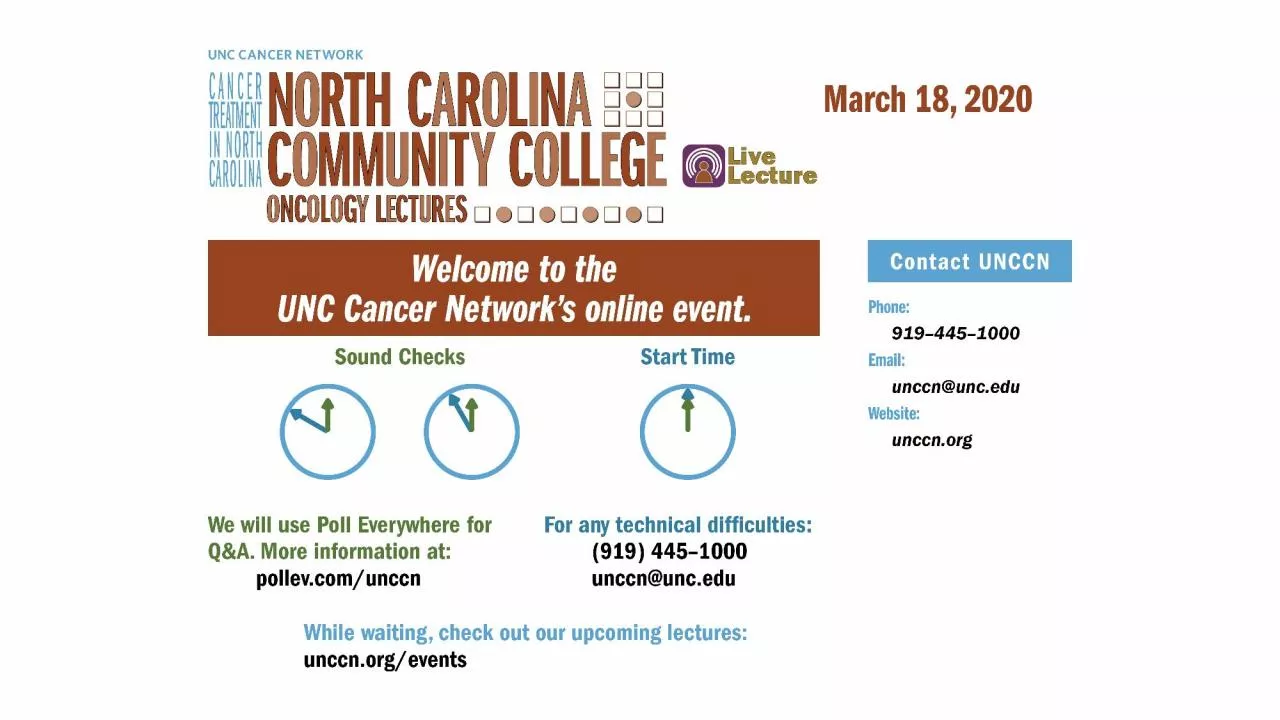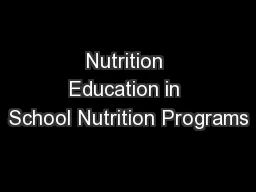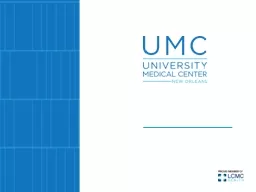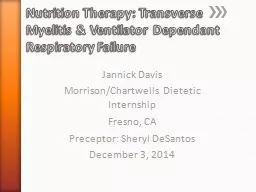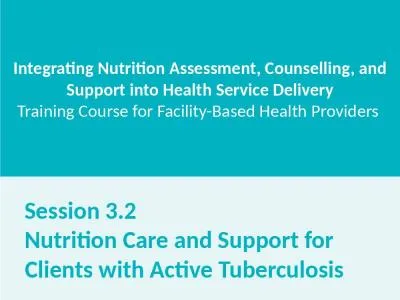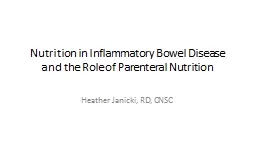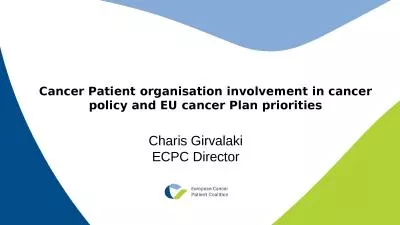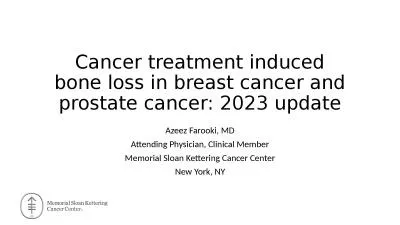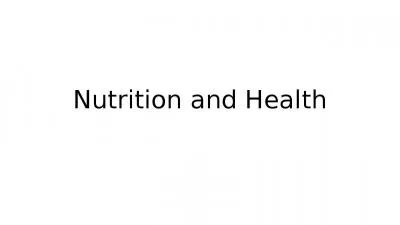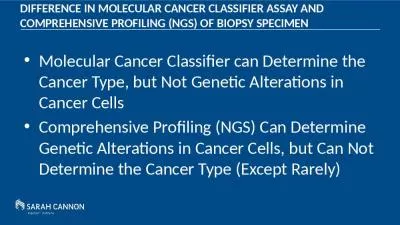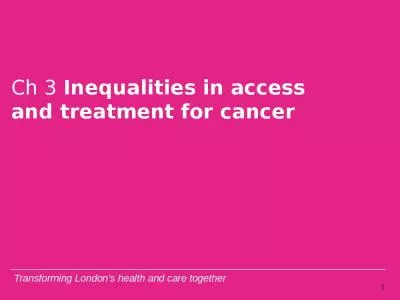PPT-Nutrition in Cancer Patients Makes a Difference
Author : bety | Published Date : 2024-01-13
Presented by Jennifer Spring RD LDN Oncology Dietitian Learning Objectives Explain cancerrelated anorexia and the significance of unintentional weight loss Describe
Presentation Embed Code
Download Presentation
Download Presentation The PPT/PDF document "Nutrition in Cancer Patients Makes a Dif..." is the property of its rightful owner. Permission is granted to download and print the materials on this website for personal, non-commercial use only, and to display it on your personal computer provided you do not modify the materials and that you retain all copyright notices contained in the materials. By downloading content from our website, you accept the terms of this agreement.
Nutrition in Cancer Patients Makes a Difference: Transcript
Download Rules Of Document
"Nutrition in Cancer Patients Makes a Difference"The content belongs to its owner. You may download and print it for personal use, without modification, and keep all copyright notices. By downloading, you agree to these terms.
Related Documents

